Mode(s) Single-player | Initial release date 27 November 1995 Genre Platform game | |
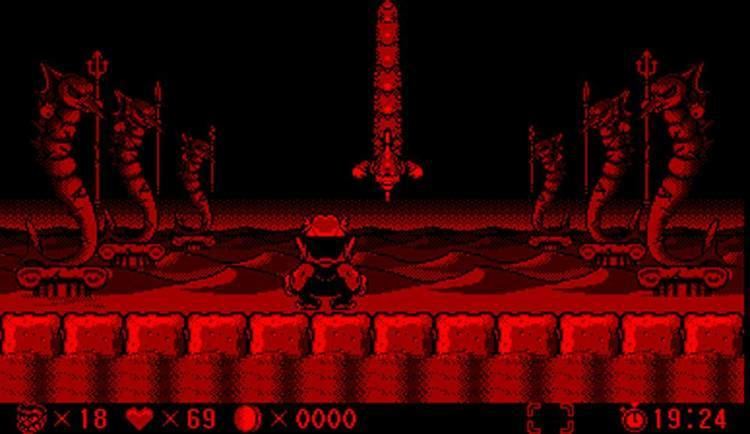 | ||
Director(s) Hiroji KiyotakeHirofumi Matsuoka Designer(s) Masahiro MashimoTomoyoshi YamaneTakehiko HosokawaMasani UedaTakashi Ono Similar | ||
Virtual boy longplay 01 virtual boy wario land 2d
Virtual Boy Wario Land (Japanese: バーチャルボーイワリオランド アワゾンの秘宝, Hepburn: Bācharu Bōi Wario Rando: Awazon no Hihō) is a platforming video game developed and published by Nintendo for the Virtual Boy game system in 1995. It stars Wario in a platforming adventure quite similar to most of his other starring roles.
Contents
- Virtual boy longplay 01 virtual boy wario land 2d
- 1995 virtual boy wario land commercial
- Gameplay
- Development
- Reception
- References
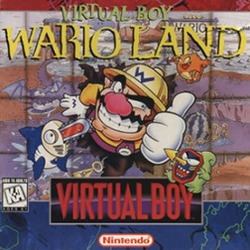
1995 virtual boy wario land commercial
Gameplay
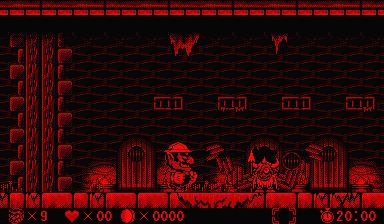
Virtual Boy Wario Land for the Virtual Boy is very similar to other Wario platforming games. Similarly to the original Wario Land: Super Mario Land 3, Wario can collect different hats to give himself new abilities. The Dragon Hat allows Wario to use a flamethrower against his enemies, but must recharge (he also cannot barge). The Bull Helmet makes his barge attack faster and a lot more powerful along with the ability to do a ground pound, which can be used to crush his enemies and break blocks below. The Eagle Hat allows Wario to fly as well as barge while in mid-air. By combining the Eagle Hat with the Dragon Hat, Wario earns the King Dragon Hat with the powers of all three caps (except barging). In each stage, Wario must collect treasure and find a key to unlock the elevator to the next stage. Also, as in other Wario games, the player has an opportunity to find different treasures hidden around the stages to increase his or her overall score. There are also a few mini-games located between stages, in which Wario can gamble with the loot he has collected so far.
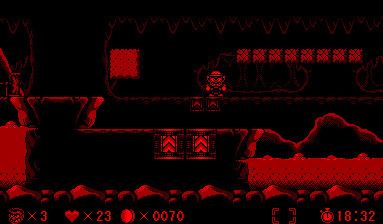
The developers of the game tried to incorporate the technology of the Virtual Boy into it. For example, many stages have three dimensional areas in their backgrounds, accessible by Wario by using special blocks. Another example is in boss fights, where attacks sometimes appear move closer to the screen, stopping inches from the player's eyes.
Development
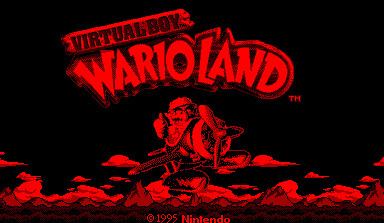
Virtual Boy Wario Land was developed by Nintendo R&D1 and published by Nintendo. The game was originally named Wario Cruise, appearing with the name on the Virtual Boy system's box and in a Nintendo Power magazine. Like all other Virtual Boy games, Virtual Boy Wario Land uses a red-and-black color scheme and uses parallax; an optical trick that is used to simulate a 3D effect.
Reception
Upon release, the game received mostly favorable reviews. It has been named as one of the best games on the Virtual Boy by Nintendo Power, GamesRadar, and Retronauts. An editor for the N64 Magazine commented that it was an example of Nintendo's excellence and that it should have sold the Virtual Boy "by the million." IGN's Craig Harris credited this game for bringing the Wario Land series to fruition and suggested that it should be remade for the Nintendo 3DS. Mikel Reparaz of GamesRadar considered it one of the console's best and a "legitimately awesome platformer", but suggested that it was so involved that being "on a system completely unsuited to long bouts of play" was "unfortunate." Play Magazine's Dave Halverson commented that he returned to play Virtual Boy Wario Land often. He praised its background music and felt that it never got old. Tim Stevens for Engadget called it the Virtual Boy's "premiere title" and considered it a "more aggro version of your average side-scroller platformer." Dave Frear for Nintendo Life felt that some Virtual Boy games got undue attention due to the small library, but that Virtual Boy Wario Land was legitimately good. His only major issue with the game was its length, but felt that it had good replay value.
The visuals received mixed to positive reception. Writers for ABC Good Game claimed that they failed to take advantage of the console's features despite being the console's best game. Los Angeles Times's Aaron Curtiss enjoyed the game, but felt that the red-and-black visuals were not ideal. Retrogamer's Damien McFarren felt that while it played like a traditional platformer, the 3D effects made the gameplay feel unique. Rocky Mountain News's Joel Easley praised its 3D visuals and felt that they demonstrated the Virtual Boy's possibilities. GamePro praised it for its sound effects and character sprite quality, calling it the best of the platform. GameZone felt that the cavernous setting helped the Virtual Boy emphasize subtle details in the visuals, and considered the game good enough that people should own a Virtual Boy for this game by itself. 1UP.com's Neal Ronaghan felt that it was a quality game that helped show off what a more traditional game can do with 3D.
The ability for Wario to go into and out of the background was an inspiration for multiple developers. Retro Studios studied this game's mechanic during the development of the 2010 Wii game Donkey Kong Country Returns, while Mutant Mudds developer Jools Watsham added the mechanic in because he enjoyed Virtual Boy Wario Land. Watsham felt that the game did not go far enough with its 3D, and tried to push it further.
